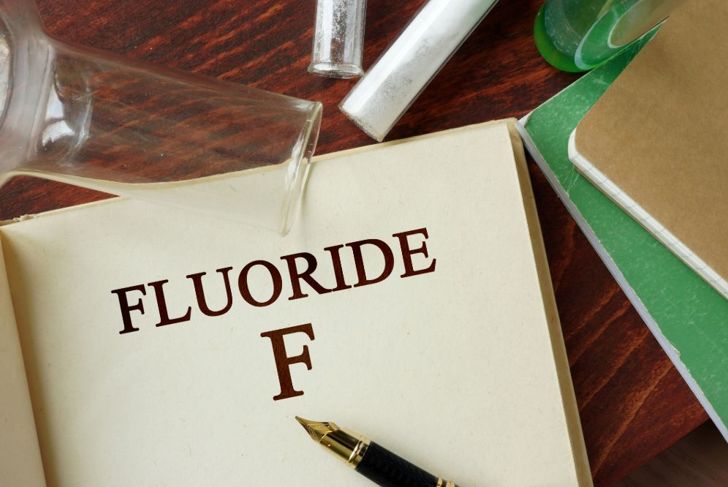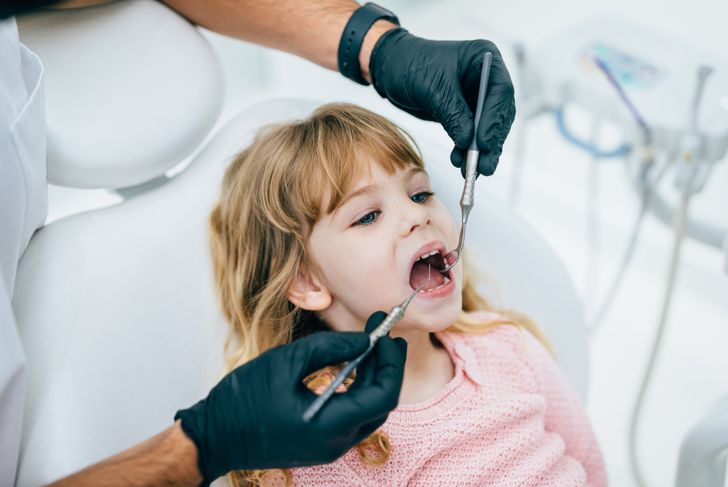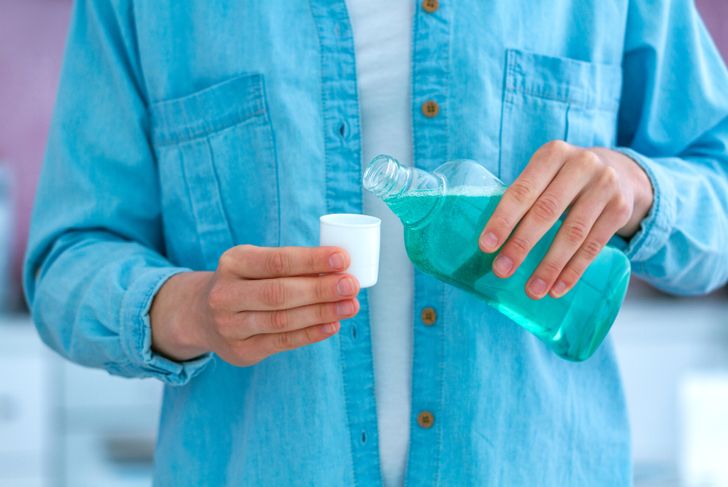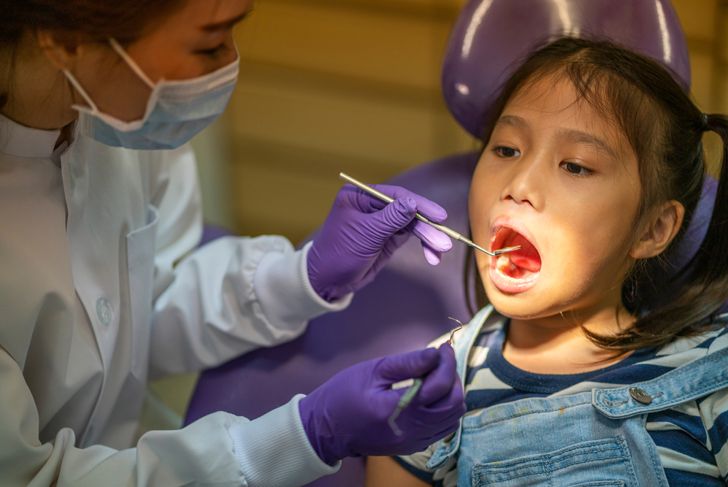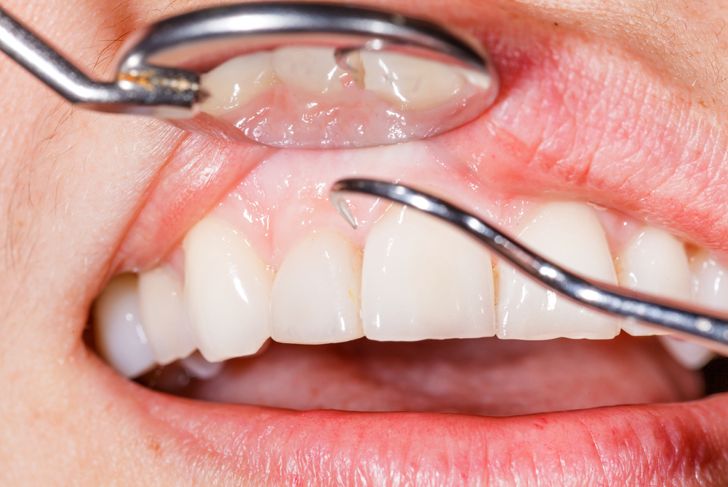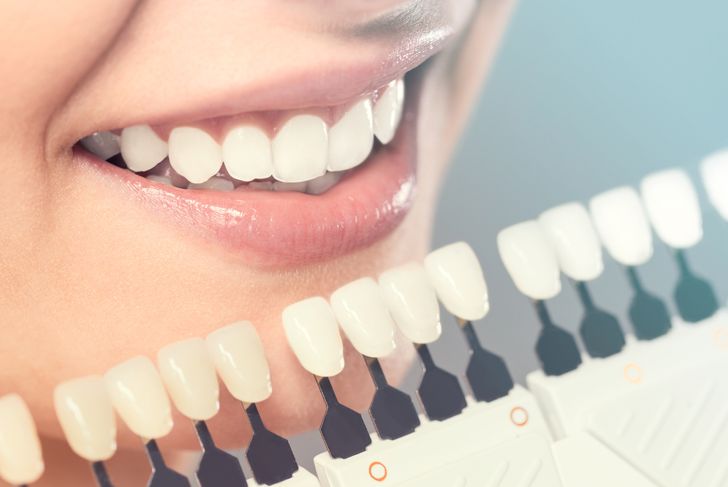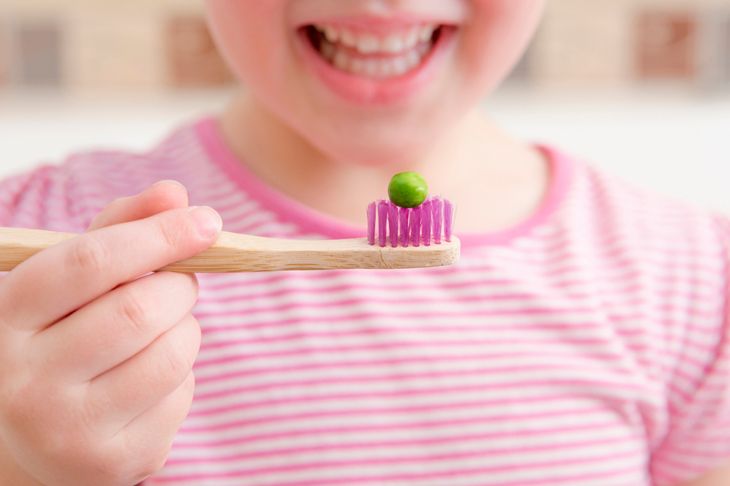Fluoride, in the proper amounts, helps prevent dental issues like cavities in children and adults. However, consuming fluoride while the teeth are still developing may lead to dental fluorosis. This condition is usually harmless, though it may cause the teeth to have noticeable cosmetic changes. Dental fluorosis is treatable, but treatment is usually not necessary.
What is Fluoride?
Fluoride is a common mineral that is naturally present in many foods. However, the largest concentrations of fluoride exist within fluoridated water, products made with fluoridated water, and dental care products like toothpaste and mouthwash. Fluoride helps prevent tooth decay, though excessive amounts can eventually affect the teeth, causing fluorosis.
Causes
Dental fluorosis occurs when a person takes in too much fluoride over a significant period while the teeth are still forming. Only children under the age of eight are at risk of fluorosis because their teeth have yet to fully develop. The severity of fluorosis depends on the overall dose, the duration of exposure, and when the exposure occurred.
Triggering Incidents
Over the years, fluoride has become much more available and exists in a wide range of sources. Because of this, overexposure to fluoride is more common. In cases of fluorosis, excessive ingestion of fluoride is usually responsible. It is extremely difficult to drink enough fluoridated public water to trigger fluorosis. Usually, the issue is caused by a child’s long-term ingestion of a combination of fluoridated mouth rinses, fluoride toothpaste, bottled water, or soda.
Diagnosis
Dentists can diagnose fluorosis with a visual inspection of dry, clean teeth. Cases have individual variations depending on the duration, timing, and amount of fluoride exposure. Usually, fluorosis causes white markings, such as opaque spots, lines, or patches. The tooth enamel may look yellow or brown and be full of holes, causing an appearance similar to that of cavities.
Differential Diagnosis
The symptoms of fluorosis can sometimes look similar to the effects of several other conditions. Possible differential diagnoses for fluorosis include:
Turner’s hypoplasia, a tooth defect stemming from deficient quantities of enamel
Enamel issues due to undiagnosed celiac disease
Enamel issues resulting from teeth infections
Dental cavities
Trauma to primary or “baby” teeth can affect enamel formation in the new, permanent teeth
Classification
Most experts rely on two classification systems for fluorosis. Dean’s index is the oldest and scores teeth with a code from zero to five. A code zero means the tooth appears healthy while code five indicates severe fluorosis with brown stains and widespread pitting. The TF index is a logical extension of Dean’s index with a scoring system from zero to nine. This allows for more precise definitions of both mild and severe cases.
Management
Dental fluorosis rarely causes any lasting health issues and usually does not require treatment. However, pitting could lead to bacterial growth and even mild fluorosis may be of cosmetic concern. Mild cases are treatable with tooth bleaching, while slightly worse instances may require enamel microabrasion. Severe cases may necessitate microabrasion, composite fillings, crowns, or veneers.
Preventing Fluorosis in Young Children
While even infants require some fluoride, receiving the right amount is integral to avoiding issues like fluorosis. Breastfeeding a child helps eliminate excess fluoride that might be in formula. If a child must have a formula, speak with a pediatrician to choose the best type. As a child’s teeth begin to come in, avoid using too much toothpaste. A small smear or a drop the size of a grain of rice is usually sufficient.
Preventing Fluorosis: Ages Three to Eight
As a child begins to brush their own teeth, monitor them to ensure they do not receive extra fluoride. Most young children should use no more than a pea-sized amount of fluoride toothpaste. Additionally, make sure the child is not swallowing the toothpaste. Unless a dentist or pediatrician orders it, do not use any fluoride mouth rinses on children under age six.
Epidemiology
Fluorosis is extremely common. The CDC states that over 40% of adolescents have diagnosable forms of the condition and another 20% potentially have fluorosis. These statistics originate from a 2004 survey and no large-scale survey has been conducted since. Experts believe that fluorosis has increased in prevalence in recent years because of the widespread availability of fluoride.

 Home
Home Health
Health Diet & Nutrition
Diet & Nutrition Living Well
Living Well More
More